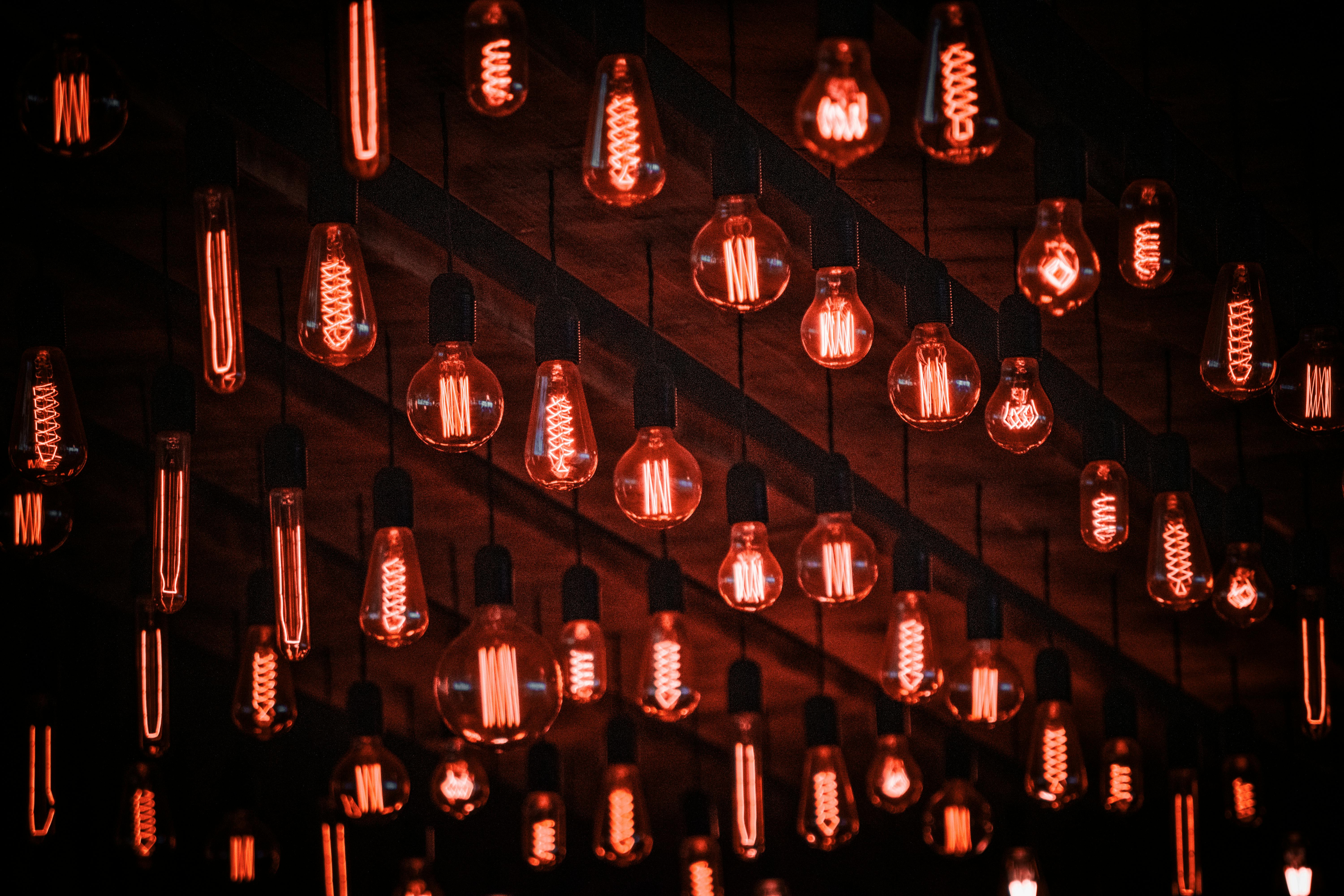
When it comes to choosing the right lighting for your home, office, or outdoor activities, understanding lumens can make a significant difference. Lumens measure the total amount of visible light emitted by a source, helping you determine how bright a light will be. Unlike wattage, which measures energy consumption, lumens give you a clear picture of brightness.
Lumens and Standard Bulbs
In the past, people often relied on wattage to gauge the brightness of a bulb. For instance, a 60 – watt incandescent bulb was a common household standard. However, with the advent of energy-efficient lighting like LEDs, wattage is no longer a reliable indicator of brightness. To help understand how bright typical lights are, here's a general guide to lumens and their incandescent wattage equivalents:
- 450 lumens: Approximately 40 watts
- 800 lumens: Approximately 60 watts
- 1100 lumens: Approximately 75 watts
- 1600 lumens: Approximately 100 watts
Choosing the Right Lumens for Different Rooms
Different areas of your home require varying levels of brightness. Here’s a quick guide to help you decide the ideal lumens for each room, although much of this will be based on the amount of light fittings and area you wish to illuminate.
Living Room: For a cosy, yet functional living room, aim for around 1,500-3,000 lumens in total. Use multiple light sources, including floor lamps, table lamps, and ceiling fixtures.
Kitchen: Kitchens need bright, focused light, especially over work areas like countertops and the stove. Aim for 4,000-8,000 lumens, with task lighting providing around 450-1,000 lumens per fixture.
Bedroom: A relaxing bedroom environment can be achieved with 1,000-2,000 lumens. Use bedside lamps with 400-800 lumens for reading.
Bathroom: For a bright atmosphere aim for 4,000-8,000 lumens overall.
How to calculate lumens
A lumen measures light output. Typically, you'll need about 10-20 lumens per square foot for a room. So to calculate roughly the amount of lumens required to adequately light your room, measure the volume of the room (Width x Length x Height in feet) to get the square feet of the room, and multiple this by either 10 or 20 to give you the total output required.
You would then need to assess the amount of fittings in the room before purchasing any new lights.
Lumens for Torches and Lanterns
For outdoor activities, understanding lumens can help you choose the right torch or lantern. Here is a quick guide:
Torches (Flashlights): These can range from 20 lumens for basic use (like finding your keys) to over 1,000 lumens for high-intensity lighting (such as search and rescue operations). A typical torch for general use might be around 100-200 lumens.
Lanterns: Ideal for camping or emergency use, lanterns usually range from 100 to 1,000 lumens. For example, a 300-lumen lantern provides sufficient light for a campsite.
Torch for Hiking: A torch with 200 lumens is typically sufficient for night hiking, offering a good balance between brightness and battery life.
Camping Lantern: A 500-lumen lantern can comfortably illuminate a campsite, providing ample light for cooking, reading, and socializing.
Conclusion
Understanding lumens is key to making informed lighting choices that suit your needs. By considering the lumens instead of just wattage, you can ensure that your living spaces are well-lit and functional, whether you're relaxing at home, cooking in the kitchen, or adventuring outdoors. Next time you shop for a bulb, torch, or lantern, remember to check the lumens to get the brightness you need.
View our full range of lighting here